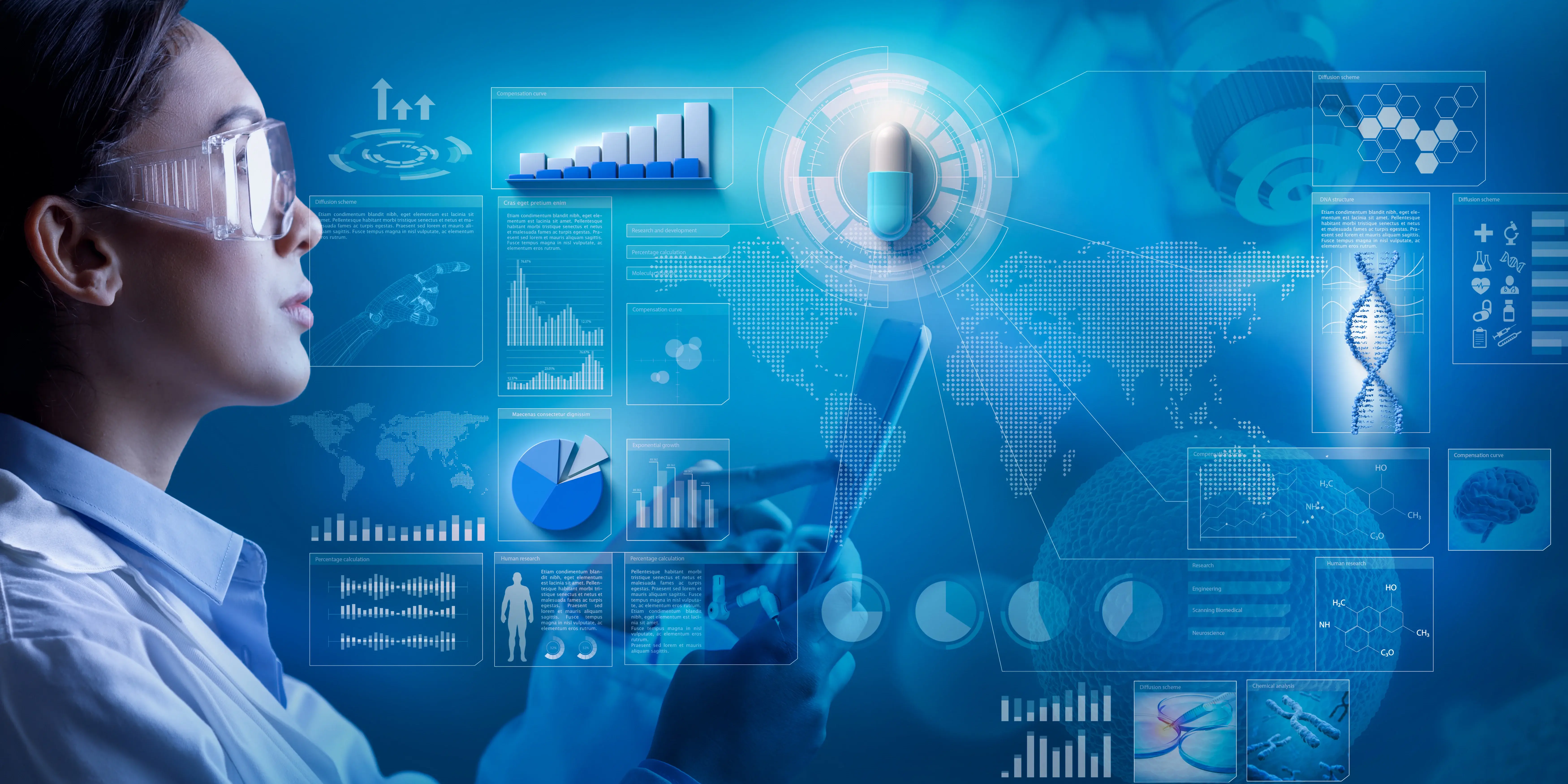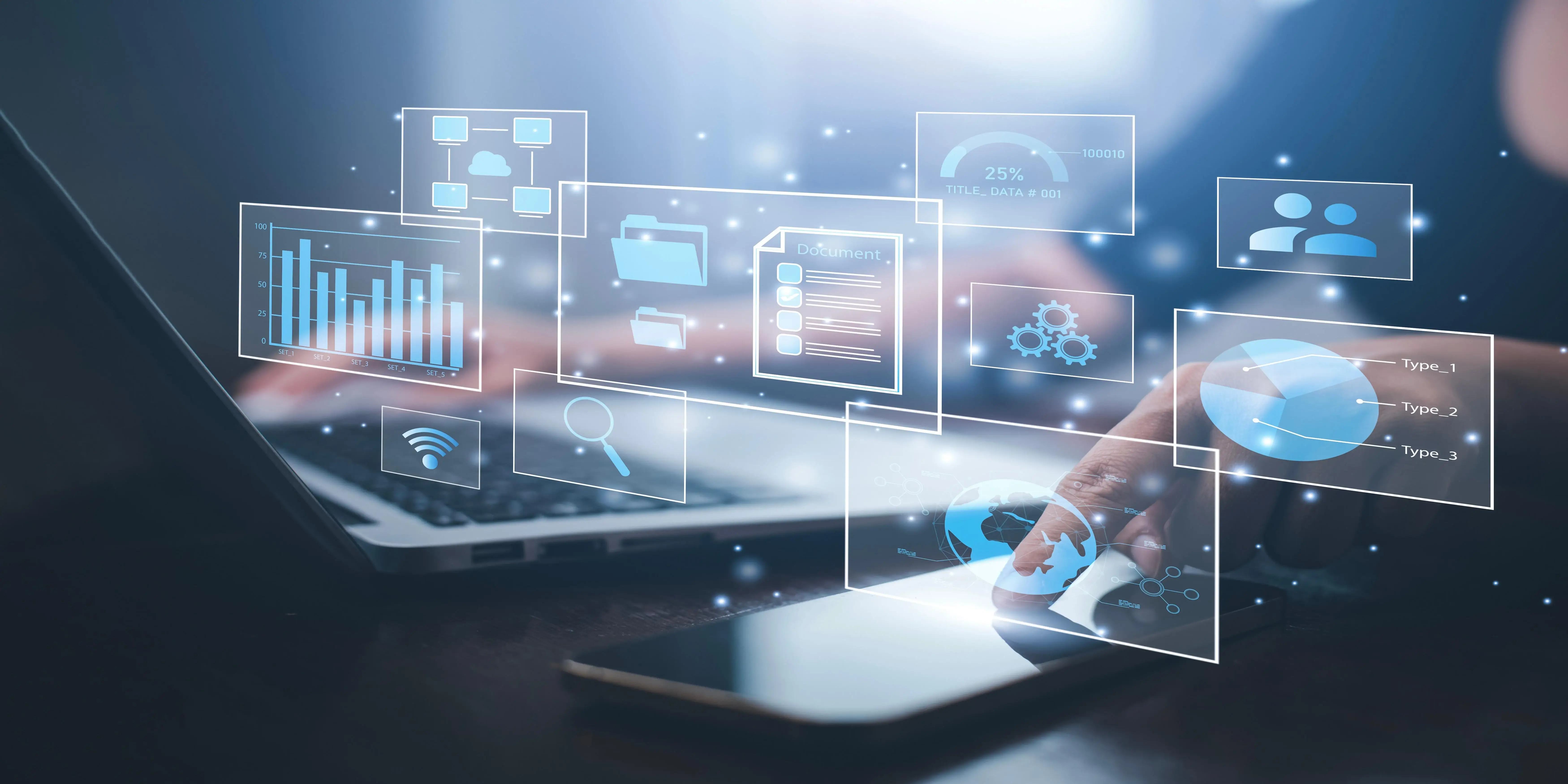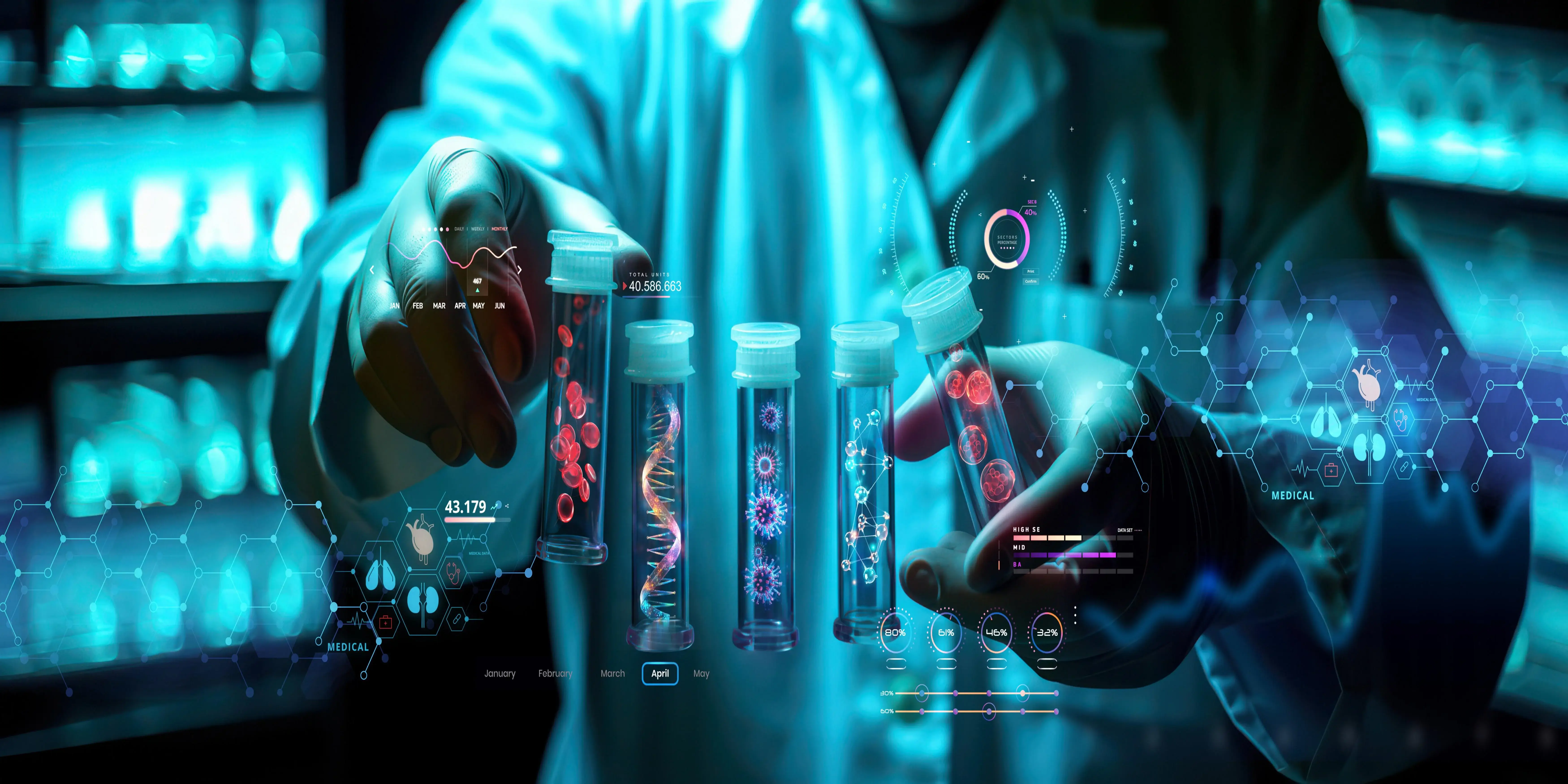Laboratory sample acquisition is an integral part of the diagnostic process of healthcare. It plays a significant role as regards the nature of handling and transportation of samples collected; this actually affects the quality and reliability of laboratory results. The article contains the processes, importance, and challenges involved in the collection and best practices to ensure high-quality results.
Importance of Laboratory Sample Collection
Accuracy of Results
Direct results include how well the laboratory tests turn out. The sample may give deceptive results when it has been contaminated, not kept properly, or is poorly labeled. This underlines why collection standards must be followed in the letter
Effect on Patient Care
It is through correct results that clinical decisions are made. Misunderstood results due to the misconception that the collection of an inadequate sample may tamper with patient safety and recovery. For optimal care of patients, strict guidelines guiding the collection of samples should be followed.
Legal and Ethical Considerations
Laboratory errors also have implications in law. Proper records and collection procedures save healthcare providers from lawsuits. Ethical procedures for sample collection increase patients' trust in healthcare providers.
Types of Samples Collected
Blood Specimens
Blood specimens are perhaps the most common specimen collected. Depending on the amount and type of test required, either puncture or capillary methods may be used to collect them. Some common tests done on blood specimens include complete blood counts, serology, and blood cultures.
Urinary Specimens
Urine Sample Specimen is collected for a number of tests such as drug evaluation, culture, and urinalysis. These may require proper methodology since contamination can only be avoided by proper technique to ensure the accuracy of the results. Several studies suggest midstream collection to improve the quality of the sample.
Tissue Samples
Samples of tissue, often taken through biopsies, are important for histological examination. Different methods, according to the type of tissue and clinical cause, are employed to keep the procedure as painless as possible and ensure adequate specimen collection. This is therefore a job for the professionals.
Best Practices in Sample Collection
Preparation of the Patient
Pre-procedure preparation of the patient: The patient must be prepared well before sample collection. Proper preparation would include educating the patient on what to expect, seeking their consent, and ensuring that the patient is in a state to conduct sample collection, whether fasting or not.
Sterility and Aseptic Techniques
Maintaining sterility is necessary while collecting samples to avoid contamination. Aseptic procedures comprise wearing gloves, cleaning the collecting location, and the use of sterile instruments that should be appropriately followed to maintain sample honesty.
Labeling and Documentation
Labeling has to be precise so that traceability will not be a problem and confusion can be avoided as much as possible. A sample should have the details of the patient involved, the type of sample taken, the date and time collected, and the sample itself. Documentation of the material should be done appropriately so that context for the researchers will be given.
Challenges in Sample Collection
Patient Factors
sample collection may also prove difficult due to certain patient factors such as anatomical anomalies, aversion, or dehydration. Hospital workers should be trained in such situations and ensure that patients are eased with compassion and effectiveness to minimize anxiety.
Environmental Factors
Chances are that external factors like temperature changes, exposure to pollutants, and inadequate facilities can act as barriers to sample reliability. The collection spaces in the lab setting ought to be controlled and prepared for different types of samples.
Technological Limitation
Through technology, collecting sample methods is enhanced, but there is always a limitation either on the tools or the procedures that can be employed. Laboratory personnel have to receive continuing education and training to keep up with changing processes.
Conclusion
In simple terms, collecting samples from the laboratory is an essential process of clinical diagnosis that involves caution, best practice, and learning. It would probably also enable the clinician to care better if they knew the importance, types, and processes used to collect those samples. The sector of health will therefore be strengthened by constantly shifting technology and skills in this area, and thus patients will be diagnosed early and accurately.



